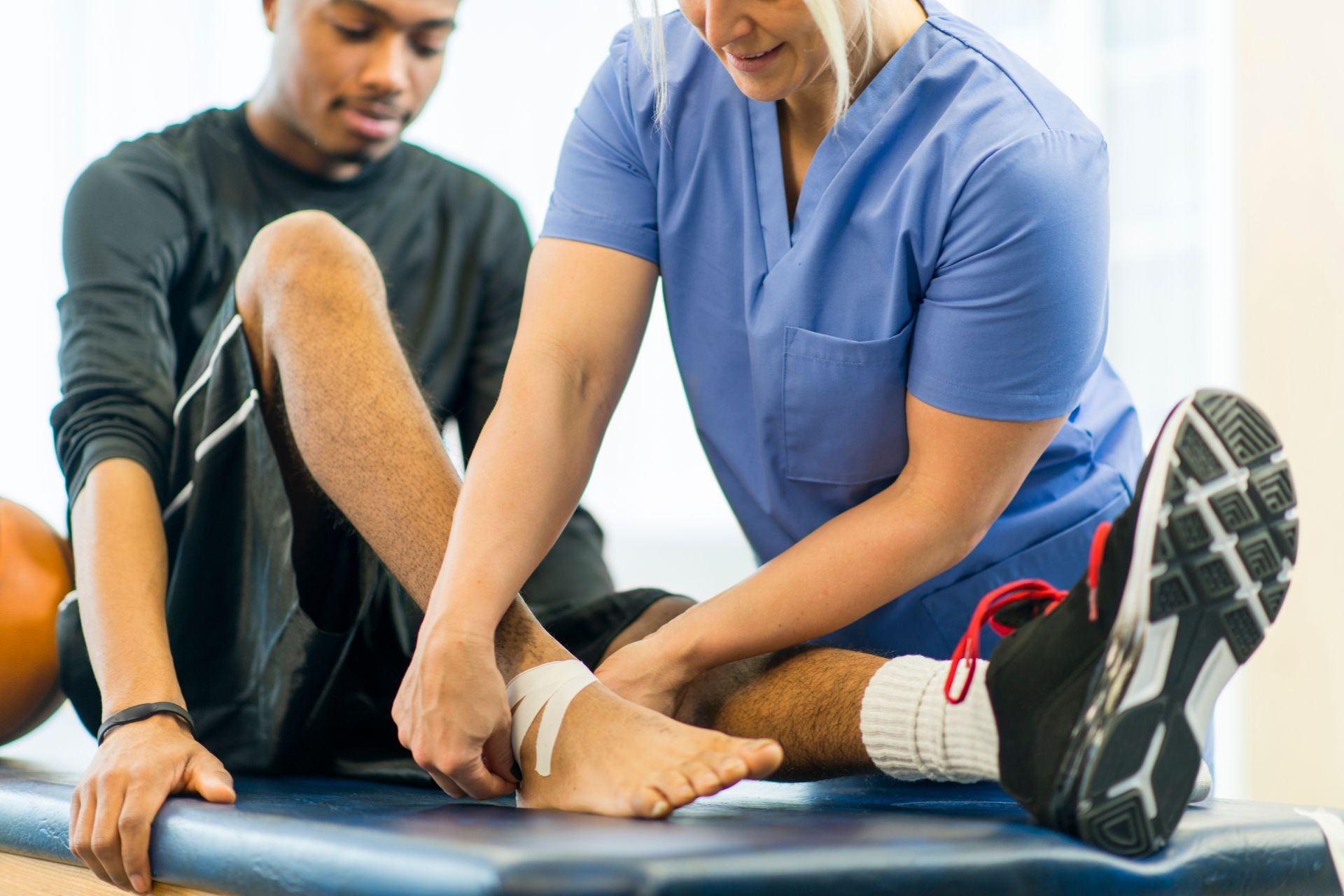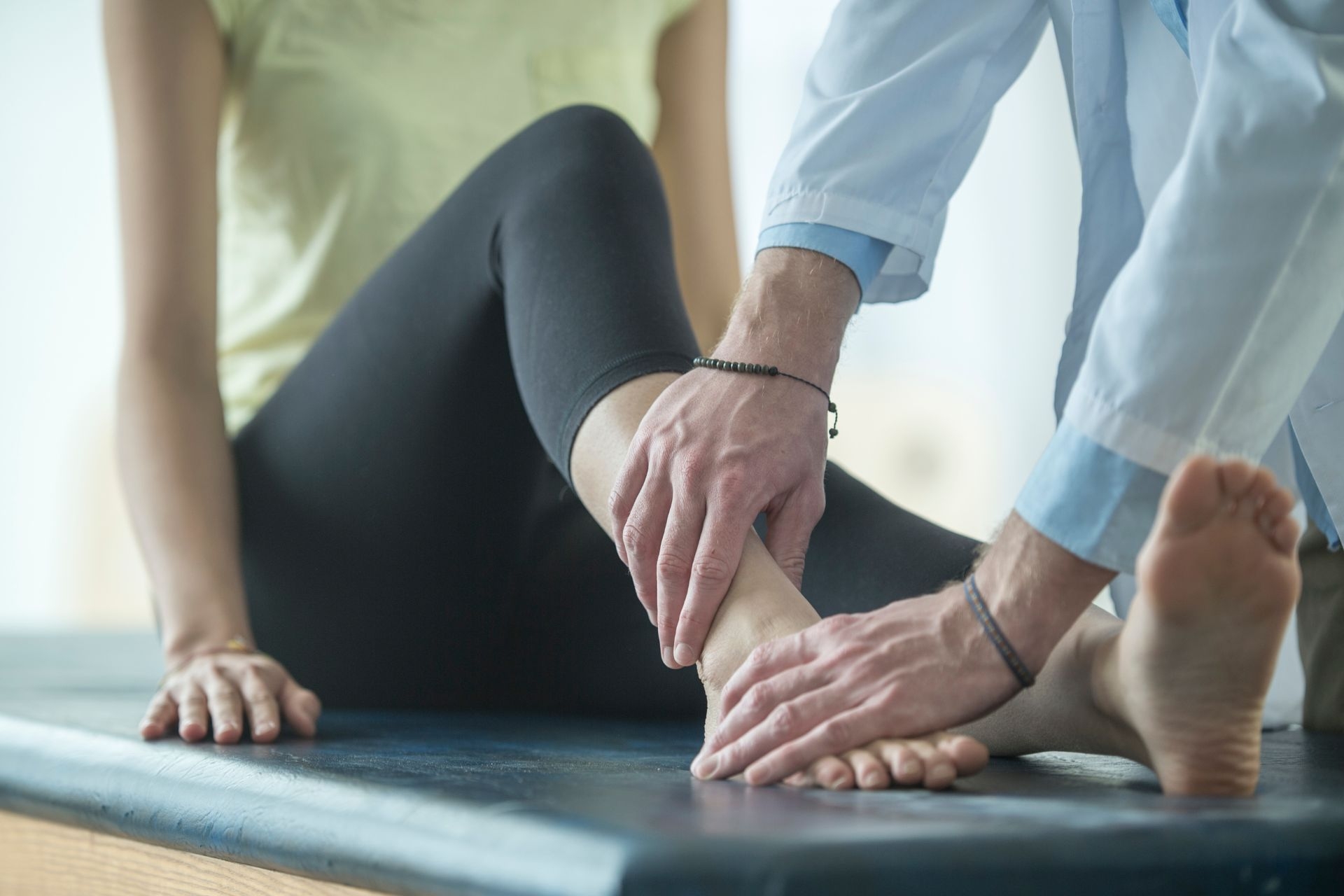Orthotic Prescription
What are the different types of orthotic devices available for foot conditions?
There are various types of orthotic devices available for foot conditions, including orthotic insoles, arch supports, heel cups, and ankle braces. These devices are designed to provide support, stability, and alignment for individuals suffering from issues such as flat feet, plantar fasciitis, bunions, and arthritis. Orthotic devices can help alleviate pain, improve gait, and prevent further damage to the feet.



